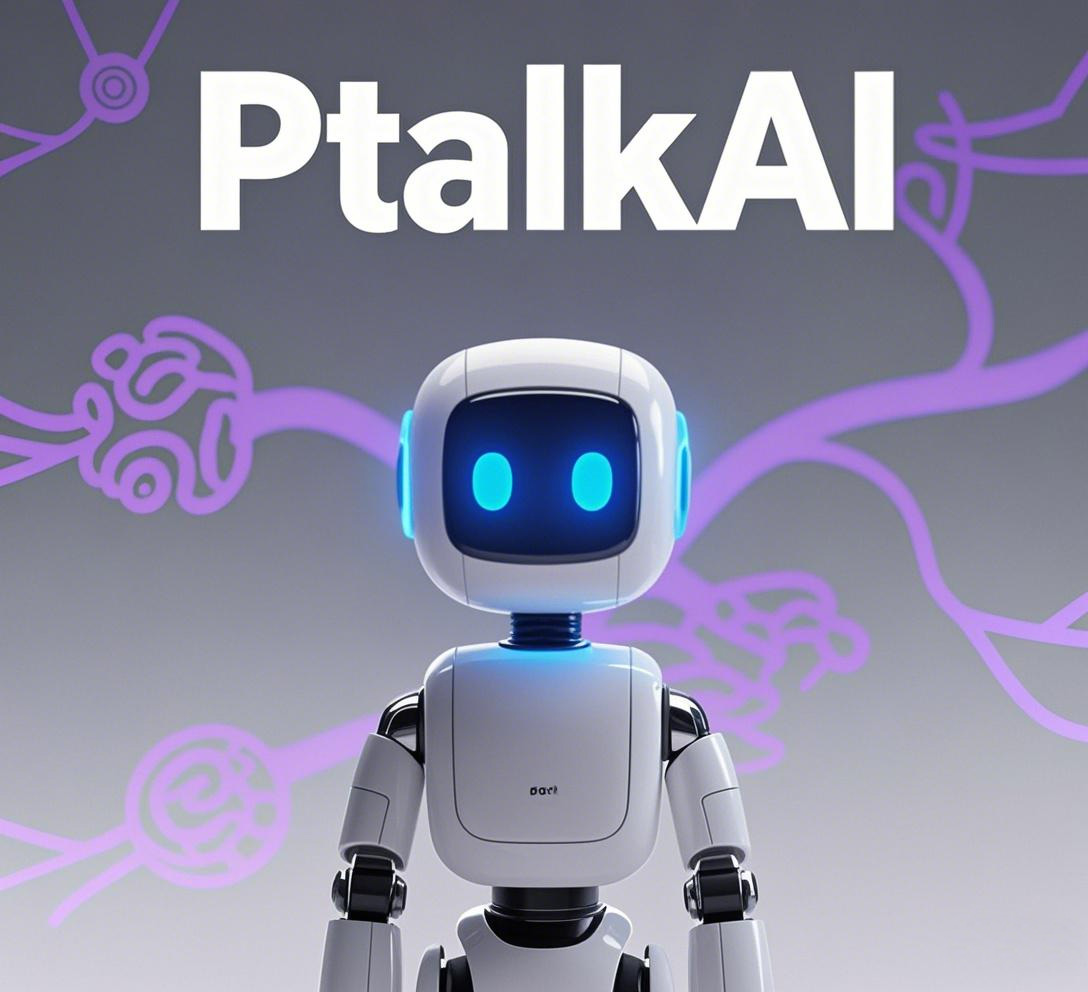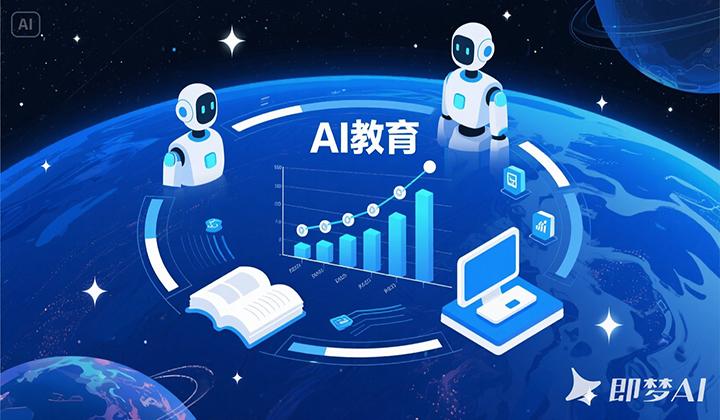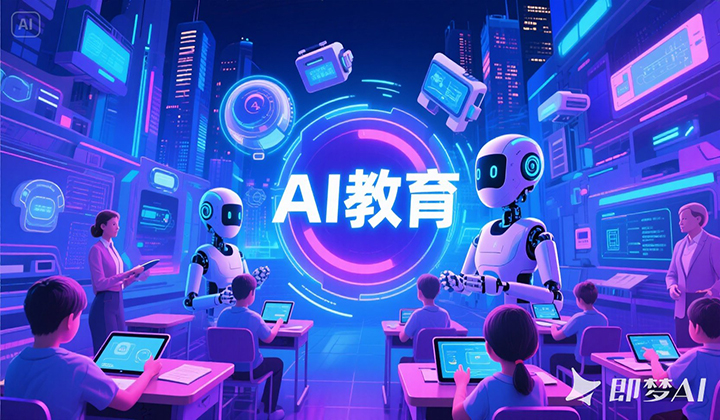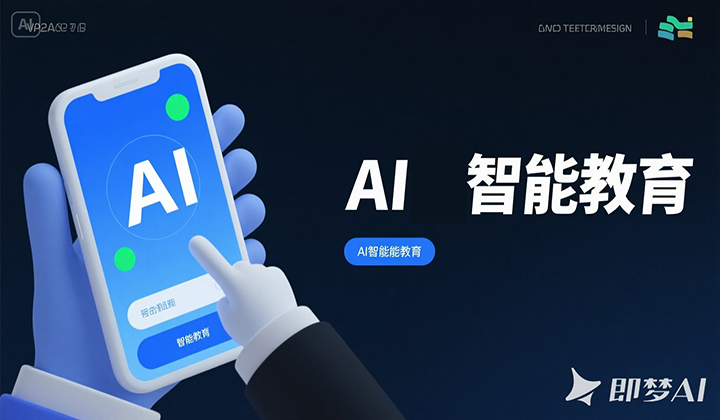Cutting - Edge AI Technologies: Keys to Unlocking a New Era of Intelligence
In the long river of technological development, artificial intelligence (AI) is reshaping the world with great momentum. Its cutting - edge technologies are constantly breaking through, bringing unprecedented changes and opportunities to human society. These cutting - edge technologies are like keys, gradually opening the door to a new era of intelligence.
Small data and high - quality data have become crucial elements in the current development of AI. In the era of data explosion, the proliferation of massive amounts of invalid data not only consumes a vast amount of computing resources but also interferes with the reliability of model training. Small data focuses on precision and relevance, reducing the algorithm's dependence on large - scale data, decreasing uncertainty, and enhancing network reliability. Building diverse high - quality data sets theoretically supports different AI technical routes, bringing new opportunities to overcome the bottleneck of general artificial intelligence. For example, in medical image diagnosis, a small amount of highly accurate, professionally annotated image data, combined with advanced algorithms, can train a highly accurate disease diagnosis model, helping doctors make more efficient and accurate diagnoses.
Human - machine alignment aims to make AI outputs consistent with human values, ensuring that the behavior of AI models conforms to human intentions. This cannot be achieved solely through data and algorithms. When designing reward mechanisms, both task efficiency and ethical standards need to be considered. Consider the decision - making system of an autonomous vehicle. It not only needs to achieve efficient navigation and reach the destination quickly but also make correct decisions based on human safety and moral principles in complex traffic conditions, avoiding collisions with pedestrians or other vehicles and ensuring traffic safety and social ethical order.
With the widespread application of AI, issues related to its compliance, security, and ethics have become increasingly prominent. It is urgent to establish boundaries for AI use and ethical supervision models. By formulating clear standards and norms and supervising the entire process of AI development and use, the risk of technology abuse can be reduced. In the financial field, this model can be used to supervise AI credit evaluation systems, ensuring that when evaluating loan applications, they follow fair and legal principles, do not discriminate against specific groups, and safeguard the stable and healthy development of the financial market.
Interpretable models are crucial for enhancing user trust and promoting applications in key fields. In the medical and health field, highly interpretable AI diagnostic systems allow doctors to clearly understand the basis for diagnosis, reducing unnecessary examinations and treatments and improving the utilization efficiency of medical resources. If an AI system for diagnosing skin diseases can explain in detail the characteristic basis and algorithm logic for judging a certain skin disease, doctors can more confidently refer to its diagnostic results and develop precise treatment plans for patients.
In the area of large - scale pre - trained models, the law of scale continues to demonstrate its power. Models based on massive parameters and training data have greatly enhanced human - machine interaction and reasoning abilities, and have been widely verified in multiple fields such as language, image, and speech. The GPT series of language models is a typical example. Through pre - training on a huge amount of text, it can understand and generate natural language, and complete various tasks such as text creation, question - answering, and translation. Full - modality large models have broken through the limitations of single - type data. They can process various types of data, including text, images, audio, and tables, and generate diverse outputs as required. In intelligent security, full - modality large models can integrate video surveillance images, sound alarms, environmental data, etc., accurately identify abnormal situations such as fires and intrusions, and issue timely warnings.
Artificial intelligence drives scientific research and innovates the research process. Large models and generative technologies assist scientists in improving the quality and efficiency of various aspects, such as hypothesis formulation, experiment design, and data analysis. In drug research and development, AI can simulate the binding process of drug molecules to targets, quickly screen potential effective drug molecules, shorten the research and development cycle, and reduce costs.
In the field of embodied intelligence, the embodied cerebellum model makes up for the shortcomings of traditional large models in real - time robot control. Through integrated learning methods such as multi - model voting, combined with the characteristics of the robot itself and the environment, appropriate control algorithms are selected, enabling robots to perform high - dynamic, high - frequency, and robust planning and control actions to meet the requirements of fine operations in reality. Physical artificial intelligence systems endow traditional devices with intelligence. Humanoid robots, as the ultimate form of such systems, have multi - modal perception, natural interaction, and autonomous decision - making capabilities. In the future, they are expected to play important roles in complex scenarios such as home services, industrial production, and disaster relief.
The world simulators of generative artificial intelligence create immersive and highly realistic experiences. In the field of education, they can construct virtual historical scenes and scientific experimental environments, allowing students to learn knowledge in an immersive manner. In robot training, they are used to construct large - scale multi - modal behavior data sets, improving the design of robot bodies and the transferability of algorithms.
However, the development of cutting - edge AI technologies is not without obstacles. Technologically, challenges such as model stability, accuracy, and efficiency still need to be overcome. Ethically, issues such as data privacy, algorithmic bias, and technology abuse urgently need to be addressed. Socially, there are also challenges such as adjustments to the employment structure and lagging laws and regulations. Nevertheless, we firmly believe that with the unremitting exploration of researchers around the world and the collaborative efforts of all sectors, cutting - edge AI technologies will continue to make breakthroughs, create more benefits for human society, and lead us towards an even more intelligent and beautiful future.














